I Dig Sports
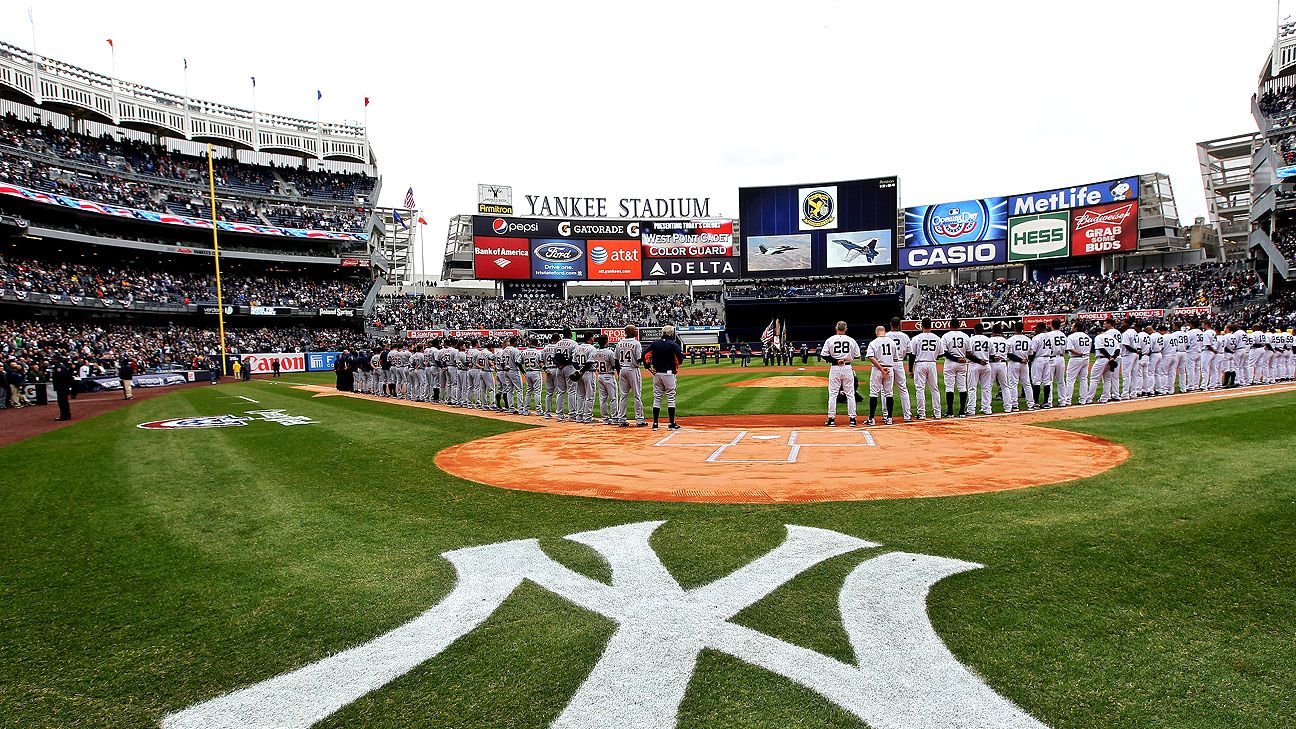
NEW YORK -- - The New York Yankees are partnering with the City University of New York to identify students and alumni for career and business opportunities with the team.
The Yankees said Tuesday they began a diversity and inclusion committee in September that includes Hall of Famer Reggie Jackson, retired pitcher CC Sabathia and film director Spike Lee. It will also include staff hitting coach Marcus Thames, bullpen coach Mike Harkey and senior director of player development Kevin Reese.
CUNY students will have access to the Yankees' sport management mentoring program.
The committee, in concert with an array of community groups, wants to promote team diversity and knock down barriers in education, economic development, and health and wellness.
Yankees executives involved in the program include chairman Hal Steinbrenner, president Randy Levine and general manager Brian Cashman.
Grant Holloway has world record in his sights in Toruń

US sprint hurdler is among the main attractions at the World Athletics Indoor Tour Gold meet in Poland this week
Colin Jackson’s long-standing world record for 60m hurdles could be in danger when in-form American Grant Holloway takes to the track on Wednesday (Feb 17) for the Copernicus Cup in Toruń.
Will the mark fall in the Polish city? Holloway, 23, came close with 7.32 in Lievin last week and 7.35 in Fayetteville last month.
Jackson’s record has stood since 1994 when the Briton enjoyed a momentous indoor season. Firstly he equalled Greg Foster’s world record of 7.36 in Glasgow before claiming the mark as his own with a 7.30 clocking in Sindelfingen, Germany. In the form of his life, he then captured a golden double at 60m and 60m hurdles at the European Indoor Championships in Paris a few days later.
Holloway ran 12.98 for 110m hurdles outdoors in 2019 and won the world title that year in Doha. Like Jackson, he is a great all-round athlete too – with a long jump best of 8.17m and a 44.75 split from a 4x400m to his name – and this year he seems a class apart from his rivals in his specialist event.
But Holloway has played down a record attempt, saying: “I don’t chase records, it’s the records that come to you.”
Elliot Giles hopes to continue his fine form in the 800m at a Toruń venue that is also set to stage next month’s European Indoor Championships.
Giles has been in great form lately with 800m victories in Karlsruhe and Lievin, plus 1500m PBs at events in France. In Toruń he is joined by fellow Brit Jamie Webb as they face Adam Kszczot – the Pole racing on home soil – and Kenyan Collins Kipruto.
Fresh from her world record for 5km on the roads in Monaco, Beatrice Chepkoech takes on Ethiopians Genzebe Dibaba, Lemlem Hailu and Fantu Worku at 3000m. Dibaba has raced lightly during the pandemic but ran an impressive 65:18 to win the half-marathon in Valencia in December and she is a three-time world indoor champion at 3000m.
Femke Bol and Lieke Klaver have both broken the Dutch indoor 400m record this winter and they face each other in Torun along with European champions Justyna Swiety and Lea Sprunger. With a recent best of 50.81, though, Bol will take some stopping.
Marcin Lewandowski is getting ready to defend his world indoor 1500m title in the same arena in a fortnight and the Polish runner tests himself against Selemon Barega and Bethwell Birgen in the metric mile.
Sam Kendricks leads the pole vault entries, while Gianmarco Tamberi and Andriy Protsenko head the men’s high jump line up.
In the men’s shot, Michal Haratyk faces Czech thrower Tomas Stanek and Polish indoor record-holder Konrad Bukowiecki.
Fans in the UK will be able to watch the meeting live via the BBC iPlayer and BBC Sport website from 4.25pm GMT, or BBC Red Button from 4.35pm until 7pm.
Safety measures tightened for WTT Middle East Hub and Olympic Qualifications

The main purpose of discussions was to ensure that the health and safety of the participants at the event and that the Bio Bubble system, which Qatar has used successfully for several other events, would be strictly adhered to for the upcoming events to ensure everyone’s safety.
Despite some cancellations of other sports in recent days, the WTT Middle East Hub has been approved and will be subject to strict regulations in place from the Qatar government. Since table tennis is an indoor sport, spectators will not be allowed. The local authorities are also ensuring thorough compliance to regulations and strict penalties will be put in place for anyone who breaks those regulations.
In order to ensure an even greater level of protection, the ITTF has introduced a rule asking for participants to test twice prior to departing their home country: the first time seven days prior to departure and a second time 72 hours prior to departure. Compliance officers from WTT, the ITTF and the LOC will be assigned to ensure all safety measures are duly followed.
“First and foremost, we are simply excited and happy to be able to have events again and after today’s call we felt even more confident that the events in Qatar will be a success and maximum effort will be made to ensure the full health and safety of the participants. It’s not an easy time also for the athletes as we have seen in other sports around the world in recent weeks, but getting international events back up and running is our number one priority.” – ITTF CEO, Steve Dainton
Six Nations 2021: England's Jack Willis will see specialist and could be sidelined for rest of season
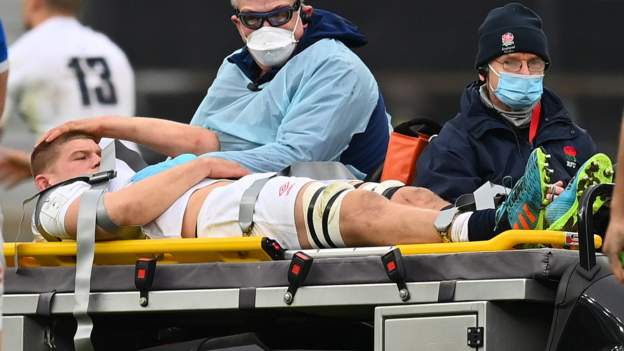
England flanker Jack Willis could be sidelined for the rest of the season but is yet to learn the full extent of the knee injury sustained in Saturday's win against Italy, says Wasps head coach Lee Blackett.
Willis' left leg buckled awkwardly after Sebastian Negri pulled him out of a ruck, leaving him crying out in pain.
The Wasps back row will see a specialist in the next fortnight.
"It is a pretty significant injury," said Blackett.
"We will know a lot more when he sees the specialist and it settles down. I can't tell you exactly how long [he will be out]."
Italy flanker Negri has since apologised for the tackle and wished Willis "all the best".
Asked if Willis would be out for the season, Blackett added: "I think he is going to be out for a good chunk of time. I don't want to say exactly, but I think you are not a million miles off that timescale."
On Monday, Willis wrote on Twitter that he was "truly gutted" but that he would work "to come back a better and stronger player".
The 24-year-old won the Premiership player of the season award last season and broke into the England team in the autumn having battled back from previous knee and ankle issues.
Blackett added: "He is pretty down, probably because when you have had a serious injury you know what is coming and you know what a big challenge it is.
"The one thing about Jack is he is an out-and-out professional, and he will get back as quickly as anyone could possibly get back."

During his tragically brief life, Jochen Rindt’s rich talent, on-the-edge style and magnetic charisma captured the admiration of the media, fans and his peers alike.
His was a violent era. A driver’s life expectancy was short, making for fatalistic attitudes and a cavalier approach to each and every day.
Rindt once said, “Maybe I will not reach the age of 40 …”
He didn’t make 30.
“Nobody knows how long they will live,” Rindt continued. “So you have to do as much as you can, as fast as you can.”
He certainly accomplished that.
Born April 18, 1942, in Mainz, Germany, his parents died during an Allied bombing raid in 1943.
Spoiled by the doting grandparents who raised him, Rindt became a mischief-making hellion with no interest in higher learning. Rindt and his buddy, Helmut Marko, now Red Bull’s motorsports consultant and one of Formula One’s most influential individuals, so terrorized their school that administrators offered them passing certificates if they transferred to another school, which they did.
Hoping to instill some discipline, Rindt’s grandparents packed him off to England to complete his education. There, he discovered auto racing.
Beginning with hill climbs, Rindt moved to saloon cars, and in 1963 bought a near-obsolete Formula Junior Cooper. With it, he won consistently against better equipment and more experienced drivers in the Italian Formula Junior Championship.
He jumped to Formula Two the next year, forming his own team with Ford of Austria’s backing. Running a Brabham-Cosworth, he startled Europeans by winning the prestigious London Trophy race against Jim Clark, Graham Hill and Denny Hulme.
By 1965, only three years after first stepping into a race car, he was competing in Formula One.
His three-season run with the Cooper Racing team was bleak. The cars were uncompetitive and unreliable. Still, Rindt managed 10 points-paying finishes despite completing only 13 of the 29 races Cooper entered.
While Formula One proved disappointing, Rindt excelled elsewhere. He remained virtually unbeatable in Formula Two, a series permeated with Formula One drivers. He won the 24 Hours of Le Mans in 1965 and made two consecutive appearances at Indianapolis Motor Speedway in 1967-’68.
In 1968, Rindt jumped to Brabham’s Formula One team with no improvement in reliability. He finished only two races, but was second in each of those. That caught the attention of Lotus creator Colin Chapman, who was seeking a replacement for Clark who was killed on April 7, 1968.
Chapman’s imaginative designs revolutionized racing, but his cars also carried a reputation for being dangerously fragile. That troubled Rindt.
By this time he’d matured. He married Finnish model Nina Lincoln and they had a baby daughter. He was hesitant to accept Chapman’s offer.
It was his friend, future F-1 czar Bernie Ecclestone, who convinced Rindt that he needed Lotus to become a world champion. Despite his reservations, Rindt joined Lotus for 1969.
“I will either become world champion or get killed in a Lotus,” he insisted.
Initially, he fared no better at Lotus than with his previous teams, falling out of the season’s first four races. In Spain, a wing strut broke and he crashed horrendously. He was left with a concussion and increased reservations about Lotus.
He recovered, however, to score his first Formula One victory at New York’s Watkins Glen circuit.
For 1970, Chapman unveiled perhaps the most significant car in racing history, the Lotus 72. Rindt was not happy with it and stuck with the older Lotus 49C to win Monaco on the last lap.
After Monaco, Chapman had the 72C ready. A tremendous improvement over the original 72, Rindt won four consecutive races before being forced out during the Austrian Grand Prix.
Then came Monza.
During practice on Sept. 5, Rindt charged into the infamously fast Parabolica bend and a brake-system part failed. He was killed in the crash.
Rindt had amassed enough points to be posthumously crowned world champion.

MONT BELVIEU, Texas – Carquest Auto Parts will return as a sponsor of Cory Roper and Roper Racing in the NASCAR Camping World Truck Series.
Carquest Auto Parts will be the primary sponsor of the No. 04 Ford driven by Roper, who finished third last Friday at Daytona Int’l Speedway, for two races while serving as an associate sponsor for the remainder of the season.
“We are very excited to have Carquest back on board with our team this season,” said Roper. “We have built a strong relationship with Carquest after they partnered with us last season. NASCAR is all about building business relationships with companies and connecting them with our companies doing business in the sport. We are thankful to continue our partnership with them this season and look to grow our race team with their support.”
Carquest joined Roper Racing at the beginning of the 2020 season when the team was running part-time. Carquest sponsored the truck during 10 of the 12 races the team competed in last year.
This year, Carquest will serve as primary sponsor of Roper’s Ford this weekend at the Daytona Int’l Speedway and on June 12 at Texas Motor Speedway.
“Cory and his family share our brand’s incredible passion for auto racing and are also business owners, so this partnership is a great fit for Carquest and our family of independently-owned stores,” said Junior Word, Division President, Carquest North America. “On behalf of our entire team, we look forward to supporting Cory and Roper Racing as they compete in the Truck Series in 2021.”
The NHL vs. COVID: Everything you need to know right now

The NHL's abridged 56-game 2021 season is just over a month old, and the league already has tweaked its COVID-19 protocols multiple times. That's because they've had around 100 players on the COVID-related absences list, 35 games postponed and a half-dozen teams suspending activities due to outbreaks.
Here's everything you need to know about how the coronavirus is impacting the hockey season, what the new protocols will hope to accomplish and what comes next.
Read more:
Based on what it expected before the season started, how does the NHL feel about the amount of postponements and players in the COVID-19 protocol so far?
Wyshynski: Once the decision was made not to start the regular season inside bubbles or hubs, NHL executives understood it was likely that players would test positive for COVID-19 and that games would be postponed because of it.
"I obviously did not expect to have kind of the perfect record we had in the bubble [last summer]. We were introducing a lot more risk and certainly there's a lot more interactions going on," NHL deputy commissioner Bill Daly told ESPN on Monday. "Quite frankly, we have a lot of players involved, right? We have a lot more than the NBA -- around 725 players on active rosters plus taxi squad players plus AHL players. There are just a lot of players around."
They knew they weren't going to have the success with COVID-19 protocols that they had in the bubble. But did they think, after one month of the season, there would be 35 postponed games, multiple teams shut down at the same time and a COVID-related absences list that's featured 27 of the league's 31 franchises?
"There's no one that thought it was going to be this bad," said an NHL source.
Daly, however, said he wasn't surprised by the numbers through the first month. "Would I have hoped for less cases and fewer outbreaks among clubs? The answer to that is yes. Whether I can say it was a surprise to me, I'm not sure it necessarily is," he said.
The NHL added to and adjusted its COVID-19 protocols last week in reaction to a handful of clubs -- the Buffalo Sabres, Colorado Avalanche, Minnesota Wild, New Jersey Devils and Philadelphia Flyers -- all having multiple games postponed in the same time span. But the reaction wasn't reactionary, as multiple sources told us there's no internal panic in the NHL about the season careening off course after a challenging first month.
Is there enough time to make up all of these postponed games?
Wyshynski: As postponements pile up and multiple teams have had to shut down their activities due to COVID-19 outbreaks, players have been speculating on the ultimate fate of the season.
"There's been some discussion about it. Are we still going to be able to play the full amount of games? Are we actually going to be able to finish this thing?" one veteran player said. "I think there's been enough money spent and they've been through enough challenges that we're going to find a way to finish it. But it's getting kind of crazy."
According to the rules that the NHL and NHLPA agreed to before the 2020-21 season, the last day of the regular season is scheduled for May 8 and the first day of the Stanley Cup playoffs is scheduled for May 11. But the NHL has talked about moving that latter date if it needed to make up postponed games at the end of the season.
Through Monday, the NHL has postponed 35 games. Of those postponements, 17 games have yet to be rescheduled. But Daly said the NHL has been pleased with the rescheduling aspect thus far.
"We have postponed and had to reschedule 35 games. We've been able to do that fairly seamlessly. I hope that the number of postponements and rescheduling goes down as we go forward, but we haven't even really eaten at all into the buffer period we built into the end of the schedule," he said.
One thing working in the NHL's favor is that arena dates remain plentiful. The slow rollout for COVID-19 vaccines combined with the regulations on crowds around the U.S. has delayed plans to have concerts and other events return to arenas this spring and summer. Madison Square Garden, for example, doesn't have a non-sporting event scheduled on its calendar until July 13, when Justin Bieber's world tour is scheduled to roll through Manhattan.
Obviously, the runway is getting shorter with each postponement, especially for teams that have had multiple games delayed due to COVID-19 protocols. The Devils, for example, don't have much margin for further delays, as they're potentially looking at playing 47 games in 81 days through May 8.
"They believe they can get everything in, but at some point it becomes mathematically impossible without having teams play every single night," said an NHL source on the postponed games.
Daly remains confident that the NHL can get all 56 games in. "Obviously, situations can change. I'm not going to guarantee that we'll get there by any stretch. But I'm encouraged with the mini sample we have since instituting in the wave of new protocols. We'll see where we go," said Daly. "I wouldn't say that anything that's happened to this point has put material doubt on our ability to get there."
The start of the playoffs is flexible. The same goes for the end of the playoffs. It's been widely expected that the NHL would finish its postseason before July 23, when the opening ceremonies of the Tokyo Olympics are scheduled to be held.
"We've always said we want to be done by the middle of July. Whether that's July 10th or whether that's July 20th, I couldn't tell you. As I sit here, we have some flexibility. But that's certainly the zone that we're targeting," Daly said.
The deputy commissioner reiterated that "getting back to a normal calendar" for the 2021-22 season -- the first under a new U.S. television contract and with the Seattle Kraken as the NHL's 32nd franchise -- is "more significant in terms of a limitation on how far will go" into the summer than the Olympics.
How has the NHL adjusted protocols since the season began?
Kaplan: First, let's begin with the fact that the NHL began the season with much stricter protocols than its winter sport compatriot, the NBA -- specifically in restricting players on road trips. Basically, no movements outside of the rink or hotel, and no socializing in hotels except for in approved team areas -- and definitely not without masks.
(The Washington Capitals, who were fined $100,000 in January because several players hung out in a hotel room without masks, found out the hard way).
Two weeks ago, after a cluster of cases and postponements, the NHL and NHLPA clamped down further. They ordered teams to remove the glass behind benches (to increase air flow) and reconfigure dressing rooms for more social distance. The league also told players they couldn't arrive to the rink until one hour and 45 minutes before puck drop on game days -- which was later softened, due to pushback from players.
On Friday, the NHL and NHLPA introduced yet another set of protocols, in effect until at least Feb. 28. The biggest change was an introduction of rapid testing on game day. Teams were also instructed to issue players KN95 masks if possible, and remove glass from the penalty boxes (again, to increase air flow).
The latest edict also introduces a "home quarantine" where it is "strongly recommended" that members of players' households limit their activities as much as possible. Players, meanwhile, will be required to remain at home unless they are attending practices and games, exercising outdoors, performing essential activities (such as going to the doctor), or dealing with family or other emergencies. Teams were also asked to reconfigure their dressing rooms yet again -- this time, creating a seating chart where players with presumptive immunity can sit between and serve as a buffer to those who have yet to contract the virus.
"There's no one policy that's going to be the silver bullet, that's going to make everything safe," said Dr. Isaac Bogoch, an infectious disease specialist at Toronto General Hospital who has consulted with the NHLPA. "Everything taken together in those protocols, you're getting incremental safety and protection, and that's all that you're looking for."
The NHL and NHLPA continue to communicate daily, and sources on both sides stressed they are willing to readjust the protocols as many times as needed to reflect a constantly changing climate, and finish the season in its current iteration. That's the current priority, at least.
Is the NHL really using players who had COVID-19 to protect players who haven't gotten it yet?
Wyshynski: One of the new protocols suggests that teams seat previously infected players or staff members as buffers between those that haven't tested positive. That seating arrangement goes for the dressing room, team meal areas and on road trips. As an example, the NHL wrote: "a player who tested positive less than 90 days previously should be seated next to a player who has never had COVID-19, or who has recovered from COVID-19 more than 90 days previously."
Daly said that idea came from the experiences other team sports have had during the pandemic, per the league's infectious disease experts. "It was obviously something that came to the attention of both of our infectious disease specialists but also the one for the players' association. They felt it was an effective mitigation tool to be used. We're looking for all the mitigation tools we can get," he said.
Despite the slight whiff of dystopia in using the (previously) sick to protect the healthy, the science behind buffering makes it an effective part of the league's strategy.
"Someone who has been infected by the virus will have some degree of immunity for some period of time. Certainly, people can be reinfected. But the likelihood of reinfection within a three-month period of time is really low. By buffering players who haven't been infected with players that have been infected in a locker room, you basically provide better physical distancing between players. I love it. That's great," Bogoch said.
"Physical distancing is important. It's not the only way to keep COVID at bay, but when you bundle this approach with masking and ventilation, you're going to decrease the risk of transmission in indoor settings," he said.
Where are players' heads regarding COVID-19 after nearly a year?
Kaplan: Players to whom I've spoken are generally willing to comply with this season's stringent rules, understanding the sacrifices needed to stage a season at all. They know the stakes.
"I'd say it's about 75% [of the players] on every team that are taking it seriously," one NHL veteran said. "Wearing their masks and staying home and doing things to help this get back to normal."
However, a few players have quietly remarked about what they perceive to be performative action by the league, or double standards.
Said one veteran player: "It's funny to me that we can go at each other on the ice, sit next to each other on the bench, [do] all of these things that are pretty close contact, then the league needs to police every other interaction. Obviously I get it, but I'm not sure how much some of these measures are minimizing our risk. There's been a lot of guys on the COVID list, which is inevitable if we're going to play right now, especially here [in the U.S.], but some of the rules just feel like Band-Aids."
Asking family members to limit their interactions is understandable, said one NHL veteran, but nearly impossible to enact fully, especially for players with young children who are back at school or engaging in extracurricular activities.
Players describe feeling more isolated this season, especially on road trips. There's also anxiety and shame associated with ending up on the COVID protocol list, whether they have a positive test or not.
"It's a guilty feeling, which is weird because you shouldn't feel guilty," Wild forward Marcus Foligno told The Athletic this week. "But that's just how it is, and when you're the first one, everyone kind of sees your name pop up first and then the domino effect throughout the team after that."
As for attitudes toward the virus? Several players have detailed bad bouts with COVID-19. Capitals goalie Ilya Samsonov, who had a positive test in January, told reporters he had trouble breathing.
"I don't think COVID is something anyone should take lightly," one player said. "We don't know about the long-term health ramifications on the heart, lungs. We just don't know."
Another player exemplified a different view: "I think for a lot of guys, the common phrase seems to be that it's 'like the flu.' Some people get the flu and they're bedridden and can die. Other people get it and they're sick for a couple of days but are still functional. If you play in the NHL, you're in pretty good shape. You play through [illnesses]. So some guys don't understand why they have to wear a mask or be isolated when they see this as being like the common flu."
What's been the reaction to the Buffalo vs. New Jersey series, which many point to as being an example of on-ice transmission between teams?
Wyshynski: The weekend of January 30-31 featured two games in Buffalo between the Sabres and the Devils. Following that weekend, the two teams had a combined 24 players enter the COVID-related absence protocol, as did two on-ice officials; Sabres coach Ralph Krueger had "moderately severe symptoms" after being infected; and the teams each postponed six games.
Much of the attention surrounding that weekend was about how the outbreak was allowed to happen. A source told us that the Sabres were frustrated that the Jan. 31 game was played at all, given the Devils' increasing number of players in the COVID-19 protocols. But there was also attention paid to where the outbreak may have happened -- many have pointed to these games as rare examples of on-ice, in-game transmission of the virus.
"Potentially, it was in the New Jersey locker room, and now we are where we are," Sabres GM Kevyn Adams said last week. "There's certainly the ability to connect the dots. But I don't want in any way [to have it be] where I'm saying it was happening on the ice. We have to let the doctors be the experts."
Daly said the incident was a concern for the league and its experts.
"I think we have a couple of anecdotal cases that might suggest that it was, and obviously that concerns us," Daly said. "That's why we're doing the genomic sequencing testing to see if we can get a better handle on that issue. Whether there was in-game transmission between teams, whether there were any unique circumstances associated with that, including the fact that it might be a different strain than we typically been dealing with and facing in the past; which, you know, there's some anecdotal evidence that that may be the case as well."
Bogoch said in-game infection remains a possibility. "There's a lot of things that constitute an exposure. You can have a very short period of contact with an individual in a high-risk setting that will result in transmission. So of course it's possible," he said.
In reaction to this outbreak, the NHL created better ventilation around the benches and the penalty boxes before strengthening protocols off the ice.
Players around the league have talked about the outbreak between the Sabres and Devils, but one NHL veteran told ESPN that an incident of potential in-game transmission wasn't seen as a game-changer.
"It's been talked about, in the sense that on these two teams, somebody had it and somehow it got out there. But I don't think guys are now afraid they're going to get it on the ice. This was just one bad example," he said.
The Athletic reported that the two linesmen who worked both games of the series entered the COVID-19 protocols. Daly said he hasn't heard any additional concern from the officiating community about on-ice transmission.
"I don't think the officials are separate from any other community involved in the game, you know? COVID's a reality. And, you know, they're doing their job and everybody's doing the best they can. The fact that it might happen is, is something that's accepted by the people who are participating," he said.
Would the NHL consider returning to a bubble?
Kaplan, Wyshynski: The topic of returning to a bubble has not been broached in earnest by the NHL and NHLPA since the season began. Part of the reason is cost and logistics. But perhaps an equally driving force is players' reluctance to return.
While the 2020 postseason bubbles were generally viewed as a success -- the main goal was awarding a Stanley Cup and avoiding exposure to the virus, both of which were achieved -- players generally didn't have the fondest experience, being isolated for so long, mostly without family. Players signed off on it knowing it would be a temporary (and hopefully one-time) ask. Lightning star Victor Hedman spent 65 days in the Toronto and Edmonton bubbles before his team earned its ticket home by winning the Stanley Cup. With that experience behind him, and with a four-month old son, Hedman said he's "not really" into the idea of another postseason bubble.
"We'll see when it comes to that. It's tough. It was tough. Now that I have a baby too, it's even tougher to think about going 65 days without seeing him. We'll see when it comes to that. Hopefully we can get [COVID-19] to slow down a little bit around the league and we get to play the games. Hopefully these new rules help with that. But it's not my first choice, I can tell you that," he said.
Another NHL veteran was more direct: "Yeah, I don't think so. I just can't see the guys agreeing to it."
It's generally agreed upon by the NHL and the players that things would have to get a lot worse for the bubble concept to be considered. But if necessary, finishing the regular season in a hybrid bubble wouldn't be impossible, given the season's realignment and intradivisional play.
One of the concepts for the season's format was to have four hubs for each of the four divisions, each one acting as a hybrid bubble with heightened protocols, but one that would allow teams to enter and leave the hub to return home for breaks. The teams ultimately chose to play in their own arenas instead.
Daly said that this concept isn't off the table.
"Everything is being considered all the time. We were considering mini-bubble formations prior to the start of the regular season. I would say those continue to be active, in terms of contingency planning. We want to make sure that that if needed, we have the next plan," he said. "I'm confident in that everybody internally has been working on those plans. If the time comes to actually have to utilize a contingency plan, I'm confident it will work."
But again, there haven't been any material discussions about moving the regular season or the playoffs into a bubble at this time. "It hasn't gotten to that point yet," said an NHL source, "and even if it did, the players have zero interest in it."
Complicating matters: More and more teams are selling tickets to games again. That total is up to nine franchises, after New York state announced it would allow the Rangers, Islanders and Sabres to have up to 10% capacity.
Daly said that teams having fans back into attendance "doesn't put much stress" on the issue.
"I think all our owners and clubs are cognizant of the fact that we have to be nimble and flexible and pivot quickly if we have to. If the determination ultimately was made that we needed to adopt a different format to finish the season, if our clubs would be prepared to do that, understanding that it may be that they lose out some fan engagement and some ticket revenue."
Will the playoff standings be determined by points percentage?
Wyshynski: After the 2019-20 season was cut short on March 12 due to the pandemic, the NHL made two decisions regarding its postseason: 24 teams would take part in its summer restart in the Toronto and Edmonton bubbles, and the seeding of those teams would be calculated through points percentage -- the percentage of possible points gained by a team in the games it played -- rather than raw point totals.
For example: The Winnipeg Jets finished with 80 points in 71 games. By the raw numbers, they were the sixth-best team in the Western Conference. But in seeding by points percentage, they were ninth in the West (.563), as Nashville (.565), Vancouver (.565) and Calgary (.564) all jumped ahead of them. The Jets were eliminated by the Flames in the opening round.
While the goal remains to have all postponed games made up -- and Daly believes every team can play 56 games -- there have been a number of contingency plans regarding the standings discussed internally, including whether teams will be seeded by points percentage if they end up playing different totals.
One such discussion: Whether some divisions would be seeded differently than others. One look at the standings tells you that the North Division is in much better shape regarding postponements than the three U.S.-based divisions. If the NHL had a division where teams played fewer than 56 games, could the NHL seed that division by points percentage if other divisions were seeded by raw points?
"I mean, I think either is possible. It'll all depend on the circumstances at the time we have to make those decisions as to what the best decision is," said Daly. "I know people want definitive answers on what is your plan if 'X' happens; well, tell me what 'X' is and when that happens, and tell you what our plan is. I think we do have to have that flexibility to make those decisions."
That might cause more problems than it solves, from teams complaining about having their seasons cut short while on the playoff bubble to complaints about the disparity in the schedule (i.e., one Central Division team played its full set of games against Detroit, while another did not).
Whatever the standings format, one NHL veteran we spoke with said most players understand there is no predicting how playoff seeding will be determined, so they have to make every game count.
"I think with a 56-game season, every team has had the importance laid down by their coaching staff that every game counts. You have it in the back of your mind that we might not be able to play a full 56 every time you step on the ice," he said.
Where is the NHL with rapid testing?
Kaplan: When the season began, all players and coaches were administered PCR tests daily. While PCR tests are quite accurate, there is a 12- to 24-hour turnaround for results, and many in the NHL became concerned about that lag time. It seemed plausible that infected players were competing in games without knowing they were infected until the next morning. There were even incidents of players being pulled midgame once their tests came back positive.
So a few weeks into the season, the NHL began layering in more rapid tests, which produce results in under 30 minutes. Then the league realized it was a necessity (a change the NBA also made in-season) and spent the past few days procuring them in every U.S. market, to be taken by all players and coaches entering the arena on game days. The NHL is still working on availability for its seven Canadian teams.
"If they think it's going to help, then I'm all for it," Tampa Bay defenseman Victor Hedman said. "It's a little bit different with meetings and stuff, but we can't complain. We get to do what we love, which is play hockey."
Added Mark Stone of the Vegas Golden Knights: "We would know more before the games, which is ultimately what we want."
The implementation of leaguewide rapid testing will only help the league, but it was expensive.
"I am not going to give you an estimate of the cost," Daly said. "But I guess what I can say is, and what your readers should know, is the cost really wasn't an issue. The fact is the decision was made to go with the rapid testing as quickly as we could, regardless of what the cost might be. It goes back to our priority from the start here, the health and safety of our players and what we can do to enhance that."
How is the league faring financially?
Kaplan: Ahead of the season, we got a pretty bleak financial snapshot from commissioner Gary Bettman. "It would be cheaper for us to shut the doors and not play," Bettman told reporters in December. "We're going to lose more money, at the club level and the league level, by playing than by not playing." Regarding the losses, Bettman said: "The magnitude of the loss starts with a B. We're out of the M range and into the B."
The NHL has found ways to recoup some revenue, including putting ads on helmets for the first time, but a lot of these are viewed as make-goods to preexisting sponsors. Some of the additional protocols have brought on added costs, too.
"One of the issues with taking out the glass behind the benches and the penalty boxes is there is a hit by doing that on the business side," Daly said. "Because that was prime signage, one of the ads we made at the start of the season. So there's a push pull to all of this."
Most employees at the NHL league office are still working at reduced salaries, Daly confirmed. It's been the case for most of the pandemic, and the deputy commissioner doesn't know when it will end.
"I don't have a timetable for you in terms of when that changes," Daly said. "Obviously it's something we focus on regularly. It's a difficult issue, given revenue generation -- or lack thereof -- and what bottom lines look like across the league. What I can say is, I think our ownership has been extraordinarily supportive of the league office. And in the league office, we had no furloughs or layoffs or anything of the like. Obviously everyone would like to be at full pay, but I also think they understand what the world looks like and why we can't be there this month."
Last week's winner Daniel Berger withdraws from Genesis Invitational

Daniel Berger is heading back home to Jupiter, Florida.
Berger, who on Sunday won the AT&T Pebble Beach Pro-Am by two shots, decided Tuesday that he would not attempt to win in back-to-back weeks and withdrew from the Genesis Invitational, which begins Thursday at Riviera Country Club in Los Angeles.
The still-loaded field, which includes world No. 1 Dustin Johnson and several other marquee names, now stands at 120 players. No alternates will be added to the field until it drops below 120.
Berger, who moved up to No. 13 in the world rankings on Monday, has two wins and five other top-10s since the PGA Tour's return last summer.
Dustin Johnson returns as betting favorite to win Genesis Invitational

After most of them took the week off, the stars are back and well rested for this week’s Genesis Invitational in Los Angeles.
All but four of the top 15 players in the Official World Golf Ranking will tee it up beginning Thursday at Riviera Country Club, including world No. 1 Dustin Johnson, who is the betting favorite at +550 odds, according to PointsBest Sportsbook.
Johnson won in Saudi Arabia two weeks ago before withdrawing from last week’s event at Pebble Beach. He won the Genesis in 2017 and has eight other top-10 finishes in 13 starts, including a T-10 last year. He also hasn’t finished outside the top 16 since missing the cut in 2013.
Jon Rahm, Rory McIlroy and Justin Thomas are all listed at +1200 odds. Last week’s winner Daniel Berger withdrew on Tuesday morning. He was listed at +3300.
Here is a look at the notable odds to win this week’s Genesis Invitational:
- +550: Dustin Johnson
- +1200: Jon Rahm, Justin Thomas, Rory McIlroy
- +1600: Bryson DeChambeau, Patrick Cantlay, Xander Schauffele
- +2500: Brooks Koepka, Tony Finau
- +3300: Bubba Watson, Collin Morikawa, Jordan Spieth, Viktor Hovland
- +4000: Adam Scott, Hideki Matsuyama
- +5000: Joaquin Niemann, Scottie Scheffler
For full and most updated odds, click here.
Child hospitalized after Reid crash is now awake
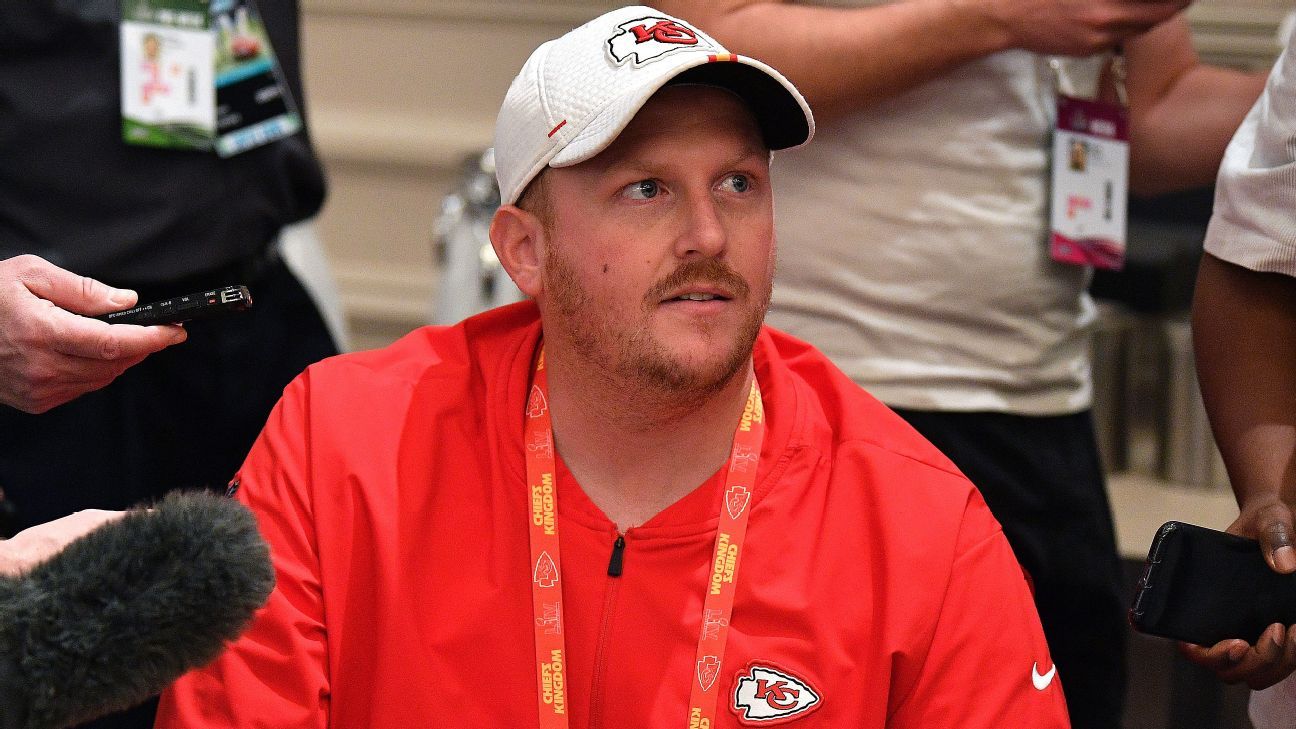
KANSAS CITY, Mo. -- A 5-year-old girl left critically injured and in a coma following a crash this month involving former Kansas City Chiefs assistant coach Britt Reid is now awake, her family said in an online post.
The news was delivered Monday in a brief post on the GoFundMe page for Ariel Young, who has been hospitalized since the Feb. 4 crash.
Reid, son of Chiefs head coach Andy Reid, was the team's outside linebackers coach. He was initially placed on administrative leave immediately following the crash, but he is no longer employed by the team. His contract expired in recent days and was not renewed.
Kansas City police said the crash happened near the team's training complex next to Arrowhead Stadium when Britt Reid's truck slammed into two vehicles on the side of a highway entrance ramp, injuring Ariel and another child inside one of the cars.
Reid underwent surgery for injuries not detailed by the team.
Police said Reid told investigators he had "two or three drinks" and had a prescription for Adderall when the crash occurred. Police have said they are investigating whether Reid was impaired.
The crash occurred three days before Kansas City played in the Super Bowl in Tampa Bay, losing to the Buccaneers. Reid did not travel with the team for the championship game.



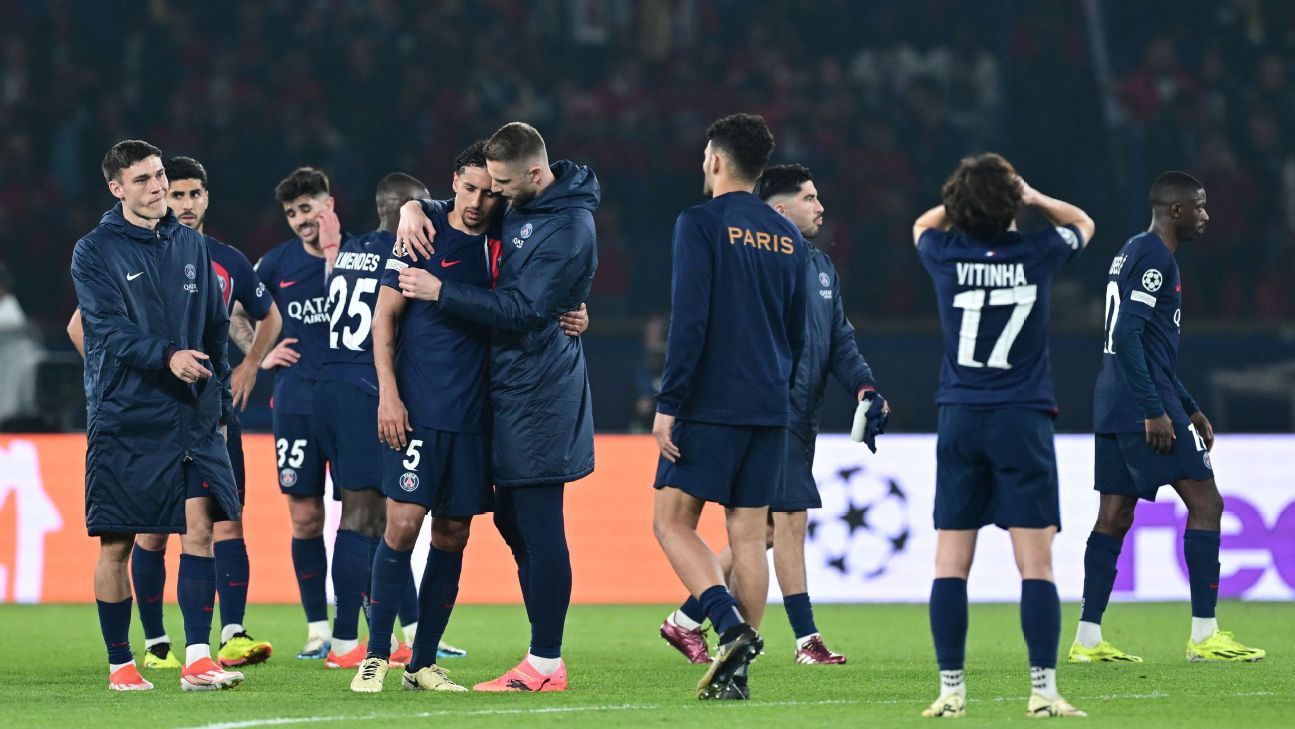
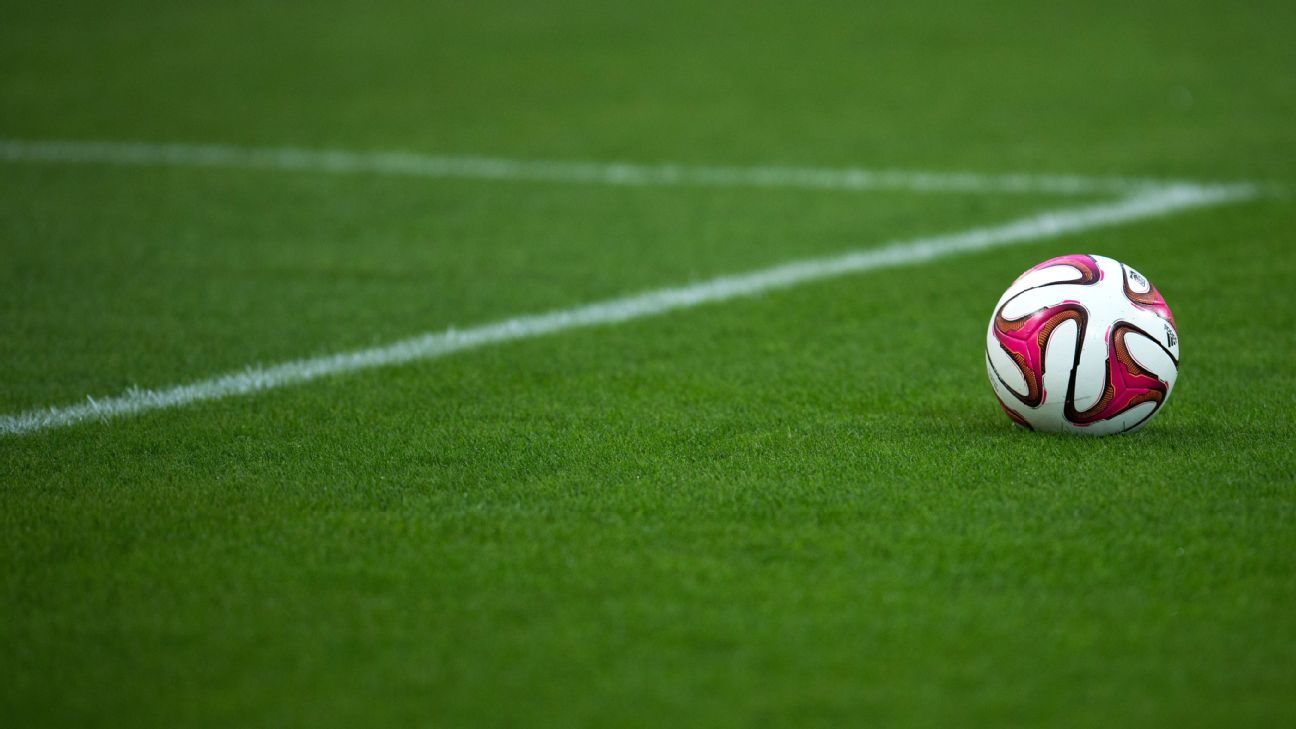





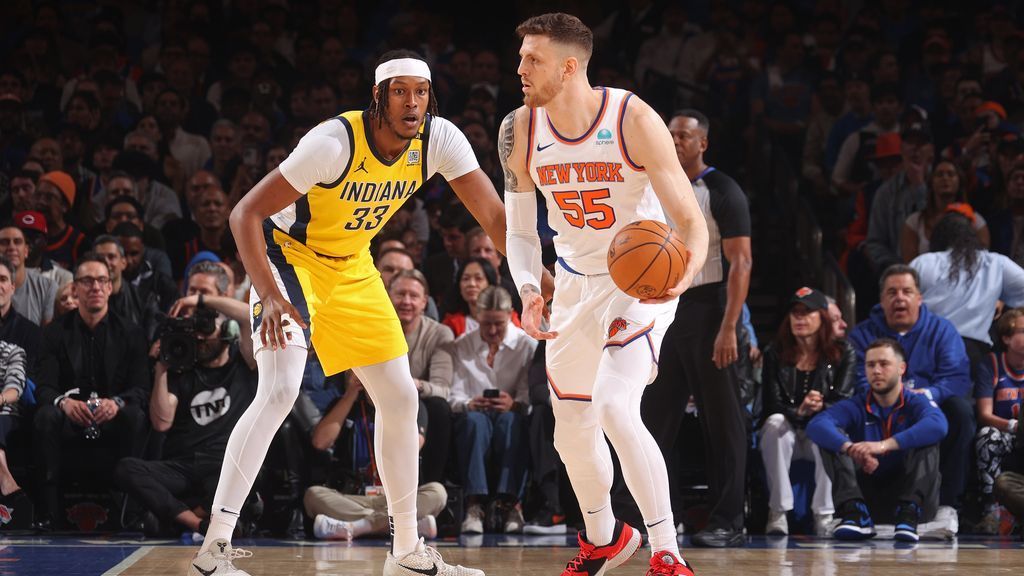
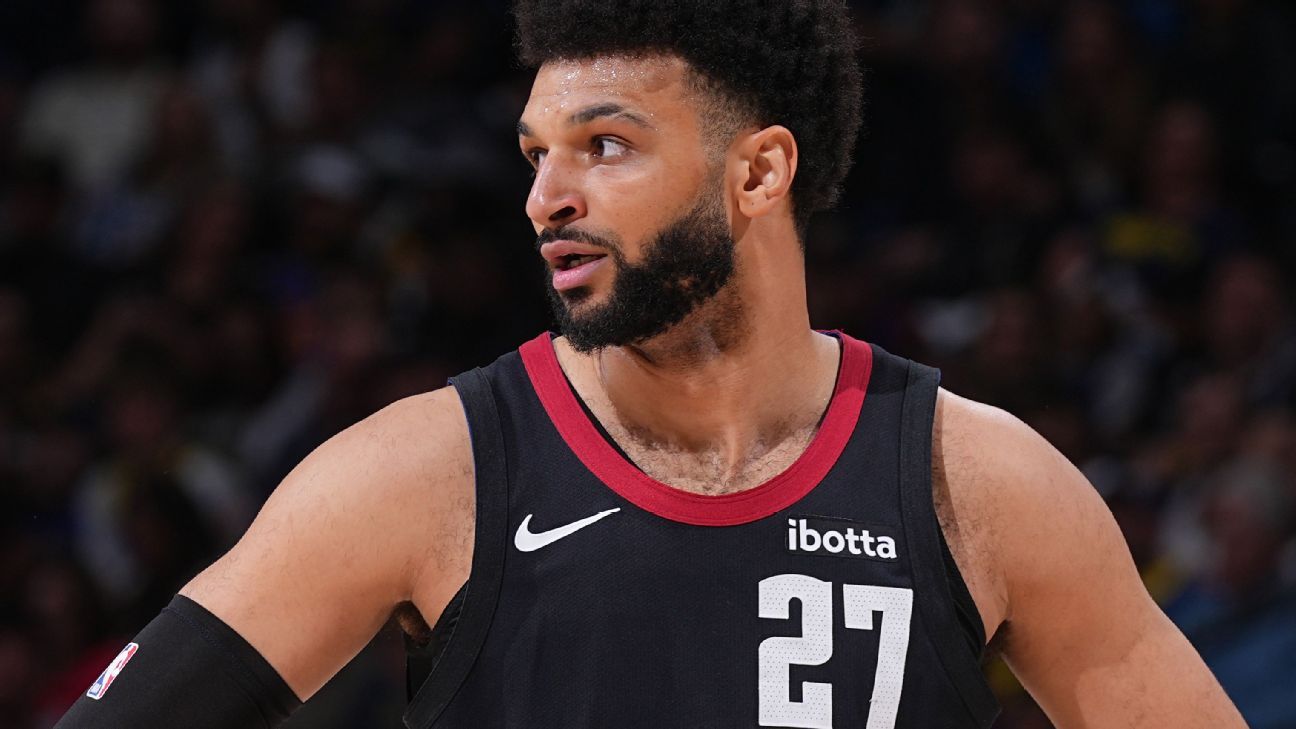
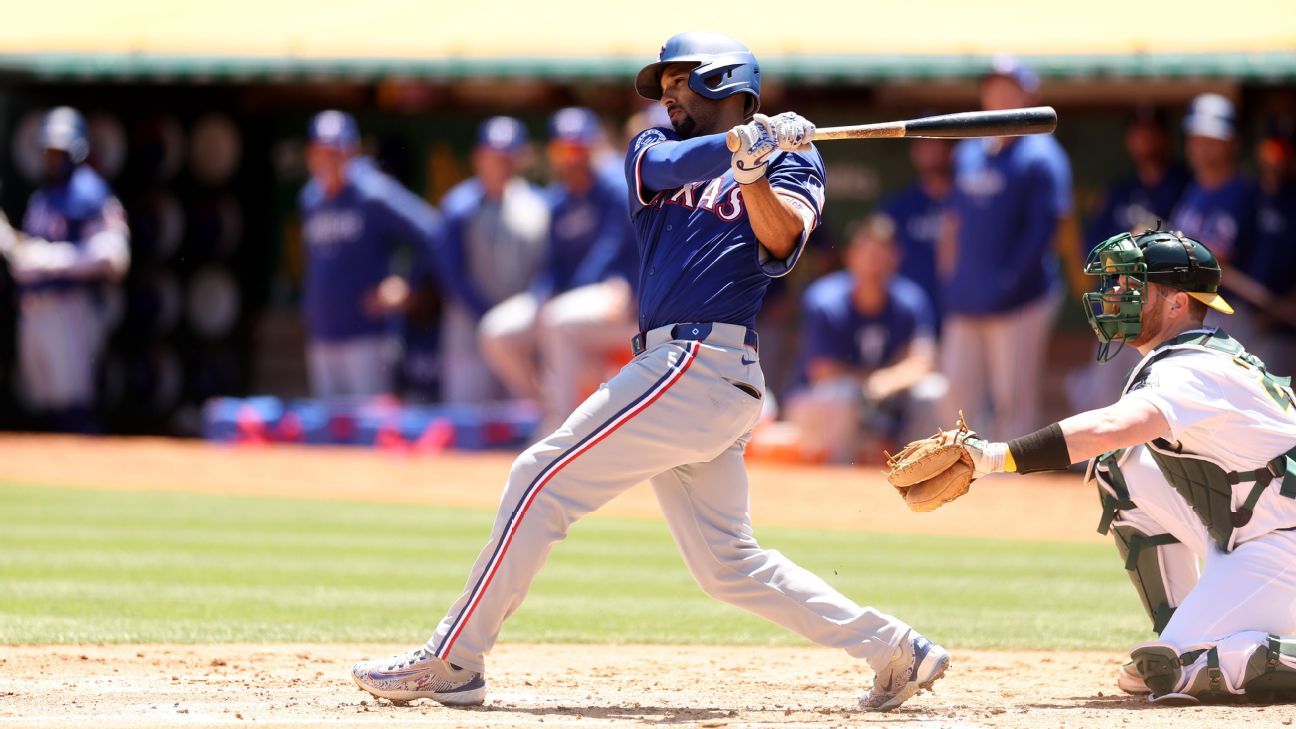


 Phone: (800) 737. 6040
Phone: (800) 737. 6040 Fax: (800) 825 5558
Fax: (800) 825 5558 Website:
Website:  Email:
Email: 






